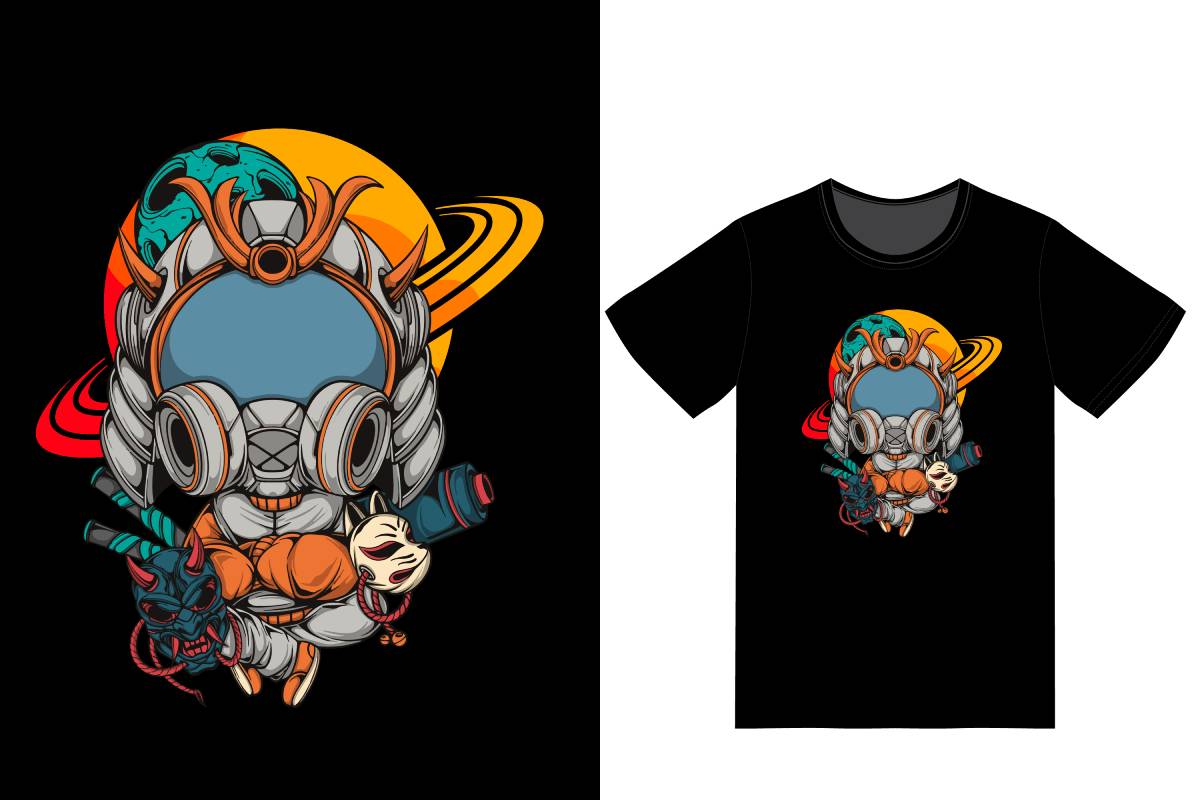
Choosing the Right Fabric for DTF Transfers
The Importance of Fabric Selection in DTF Transfers
Selecting the right fabric is crucial to achieving high-quality DTF transfers. Different materials respond differently to the printing process, impacting adhesion, durability, and color vibrancy. Ensuring compatibility between the fabric and DTF transfer technology guarantees a long-lasting and visually appealing print.
Best Fabrics for DTF Transfers
Some fabrics work exceptionally well with DTF transfers due to their smooth surfaces and strong fiber structures. Cotton, polyester, and cotton-poly blends are among the best choices. These materials allow DTF transfer prints to adhere effectively, resulting in vibrant, durable designs.
Challenges of Using DTF Transfers on Certain Fabrics
While DTF transfers are highly versatile, some fabrics can pose challenges. Silk, nylon, and waterproof materials may require additional preparation to achieve proper adhesion. Understanding how different fabrics react to the DTF transfer process helps avoid issues such as peeling or fading.
How Fabric Texture Affects DTF Transfers
Fabric texture plays a vital role in the success of DTF transfers. Smooth and tightly woven fabrics provide an ideal surface for detailed designs. On the other hand, heavily textured or loosely woven fabrics can cause uneven DTF transfer adhesion, reducing print clarity and longevity.
Pre-Treatment for Better DTF Transfer Results
Pre-treating fabric before applying a DTF transfer enhances adhesion and durability. Cleaning, ironing, and removing excess moisture help create a stable surface. Proper pre-treatment ensures that the DTF transfer bonds well, reducing the risk of peeling or cracking.
Testing and Quality Control for DTF Transfers
Before committing to large-scale printing, testing different fabrics with DTF transfers is essential. Conducting test prints helps identify potential issues such as color fading, poor adhesion, or fabric shrinkage. Quality control measures ensure that the DTF transfer process produces consistent, high-quality results.
Conclusion
Choosing the right fabric for DTF transfers plays a significant role in the final print quality. Fabrics like cotton, polyester, and blends offer excellent adhesion and color vibrancy, while certain materials may require additional preparation. By testing fabrics and following best practices, businesses and designers can achieve outstanding DTF transfer results.
Frequently Asked Questions
-
What fabrics work best for DTF transfers?
- Cotton, polyester, and cotton-poly blends provide the best adhesion and color vibrancy for DTF transfers.
-
Can DTF transfers be applied to silk?
- Yes, but silk requires additional pre-treatment to enhance adhesion and durability.
-
Why do my DTF transfers peel off?
- Peeling can occur due to improper heat press settings, poor fabric preparation, or using unsuitable fabrics.
-
Are DTF transfers durable on synthetic fabrics?
- Yes, synthetic fabrics like polyester work well with DTF transfers when applied correctly.
-
How do I prepare fabric for DTF transfers?
- Cleaning, ironing, and removing moisture from fabric improve adhesion and overall print quality.
-
Can I use DTF transfers on waterproof materials?
- Yes, but additional adhesives or pre-treatment may be necessary for better bonding.
-
Does fabric texture affect DTF transfer quality?
- Yes, smoother fabrics allow for clearer prints, while textured fabrics may reduce adhesion quality.
-
How can I prevent fading in DTF transfers?
- Using high-quality ink, proper curing, and following correct washing guidelines help prevent fading.
-
What temperature should I use for DTF transfers?
- The recommended temperature for DTF transfers typically falls between 300-325°F.
-
Is DTF transfer printing suitable for stretchy fabrics?
- Yes, but using fabrics with stable elasticity ensures better long-term adhesion and durability.